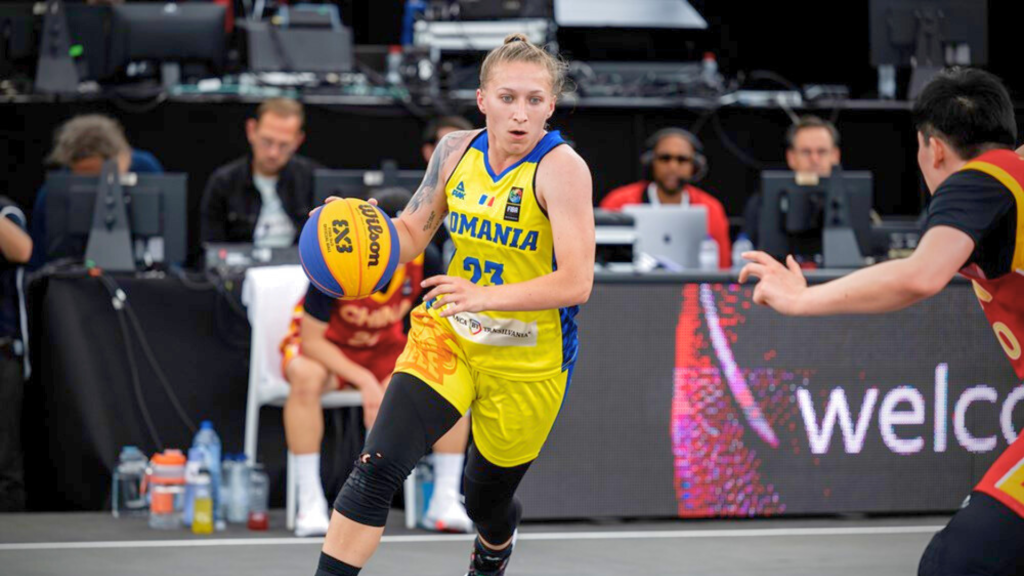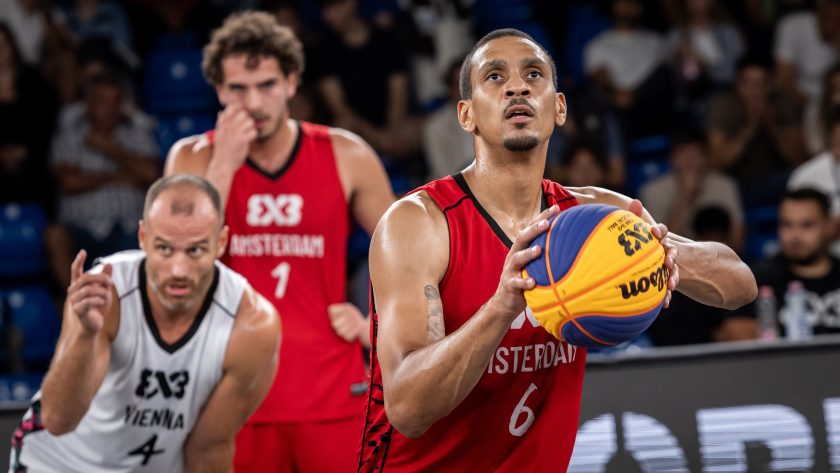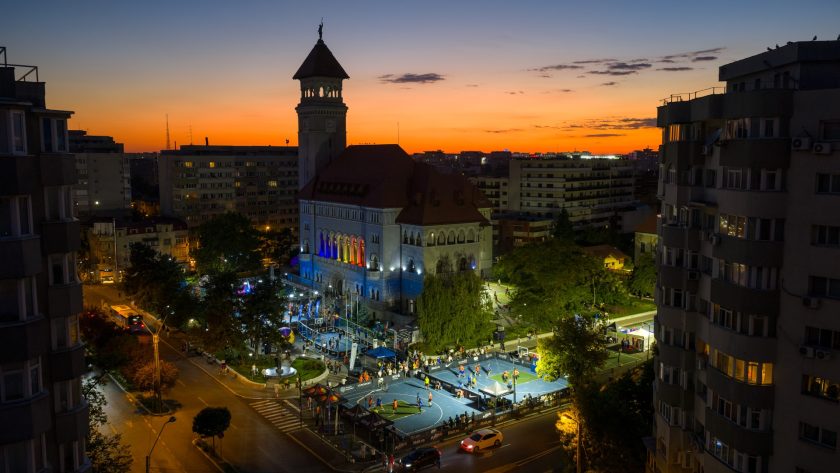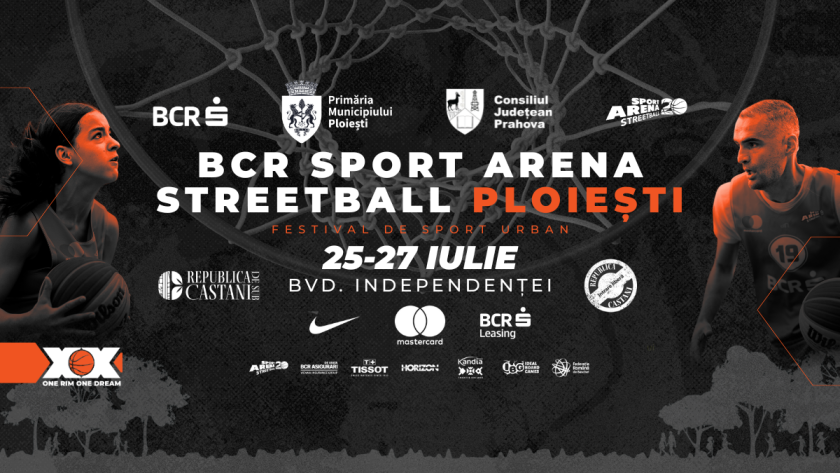From 30 May to 4 June Vienna will be the eighth host of the 3×3 World Cup. The Romanian women’s national team will participate for the sixth time in the history of the competition.
Romania is seeded 12th out of 20 teams. There are four groups of five national teams, with the team with the best record in each group qualifying directly for the quarter-finals. For the other four places that will complete the quarter-final draw, a play-in will be played, where the second place in one group will face the third place in the other (e.g. the second place team in group A will play the third place team in group D and vice versa).
Romania is the third seed in Group D, where it will face Lithuania, China, Italy and Israel. If the seeds hold, Romania would play the Netherlands in the play-in. But the home reckoning doesn’t match the fair reckoning most of the time in 3×3 basketball as goes the Romanian expression. The “eagles” squad consists of Ecaterina Armanu, Teodora Manea, Alina Podar and Anamaria Vîrjoghe. The latter two also represented Romania at the World Cup last year.
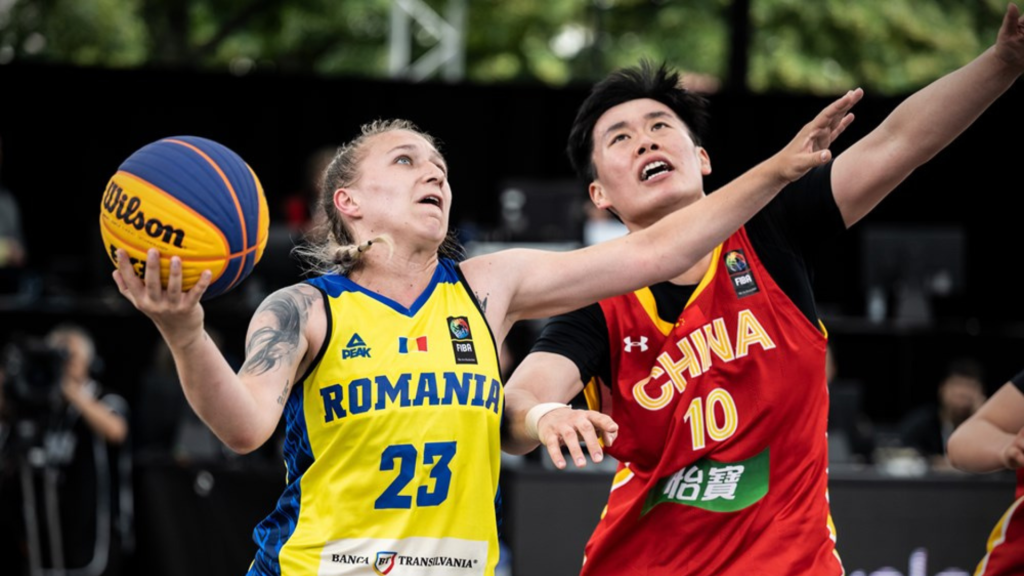
The first edition of the 3×3 World Cup took place in 2012 in Athens. Then, in a group of six teams, Romania won only two matches. Out of 24 teams at that edition, the tricolore team finished 17th, with an average of 10.4 points per game.
In 2014, with 24 teams, Romania qualified for the quarter-finals. There were also six-team groups, but then our national team finished third, with three wins and two losses. After the group stage, the last 16 was played and Romania managed to beat Spain, a team that had only lost to the United States in the group stage. It was one of the most important victories for Romania in international competitions. But in the quarter-finals, the hosts and eventual silver medallists, Russia, defeated the tricolor.
Since the 2016 edition, the World Cup has been played in a 20-team format. Also in Group D, Romania could not match the performance of the previous edition and was eliminated in the group stage. The only win since then came against the Cook Islands. Anca Șipoș was the only player who participated in the first three World Cups for Romania.
From that moment on, the competition started to be organized year after year, and Romania was not present in either 2017 or 2018. But she returned to the 2019 edition, where she equalled her 2014 performance. In the groups she averaged 19.5 points per game, the only defeat being against Spain. Incidentally, the two teams had the highest average of points in the groups of all the participants. But in the quarter-finals, Romania met China, the eventual champions that year. That was probably Romania’s best World Cup ever. The team consisted of Gabriela Irimia, Gabriela Mărginean, Sonia Ursu and Ancuța Stoenescu.
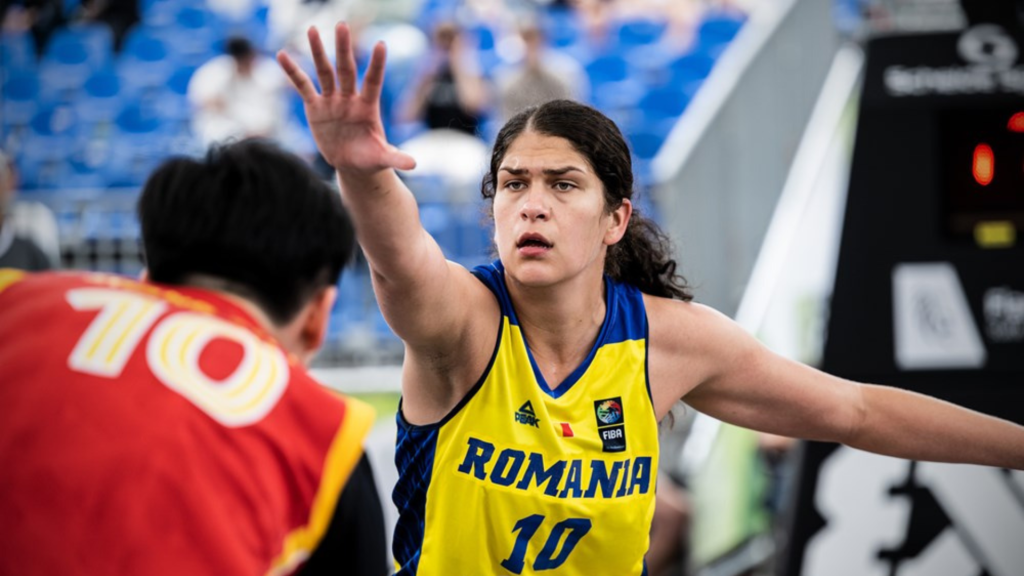
Last year was the only time Romania failed to win a match in a World Cup. In a group with Japan, Germany, China and Lithuania, Romania lost two of their four matches by one possession.
In 2023, Romania will meet China and Lithuania again in the group stage. Romania and China have met three times in the history of this competition, with the Asians winning each time. Last year the Lithuanians beat the eagles by a single point. Romania and Italy have only played once at the World Cup, in the group stage in 2014, where our national team won 17-10. The match against Israel will be a first in this competition.
The bad news for Romania is that China’s team has dominated this early season on the Women’s Series circuit. There were only two rounds, but China won both. And the same team is coming to Vienna, it will be the same four players who in just two tournaments have won nine out of ten matches. Neither Italy, Israel nor Lithuania have so far participated in either stop. But of the three, the most dangerous opponent for the tricolore is Lithuania, the team that finished fourth last year at the World Cup.
Romania finished last in Wuhan and 9th out of 12 in Astara. Alina Podar and Teodora Manea were the joint nominees at the two tournaments for Romania. Podar scored 18 points in five games and Manea 9. Anamaria Vîrjoghe played only at the tournament in Azerbaijan, where she was Romania’s top scorer with 15 points in two games. Ecaterina Armanu, last season’s Sport Arena Streetball final tournament champion, will play the most important international tournament of her career. Teo Manea was Romania’s leading scorer at last year’s U23 Worlds with 24 points in four games.
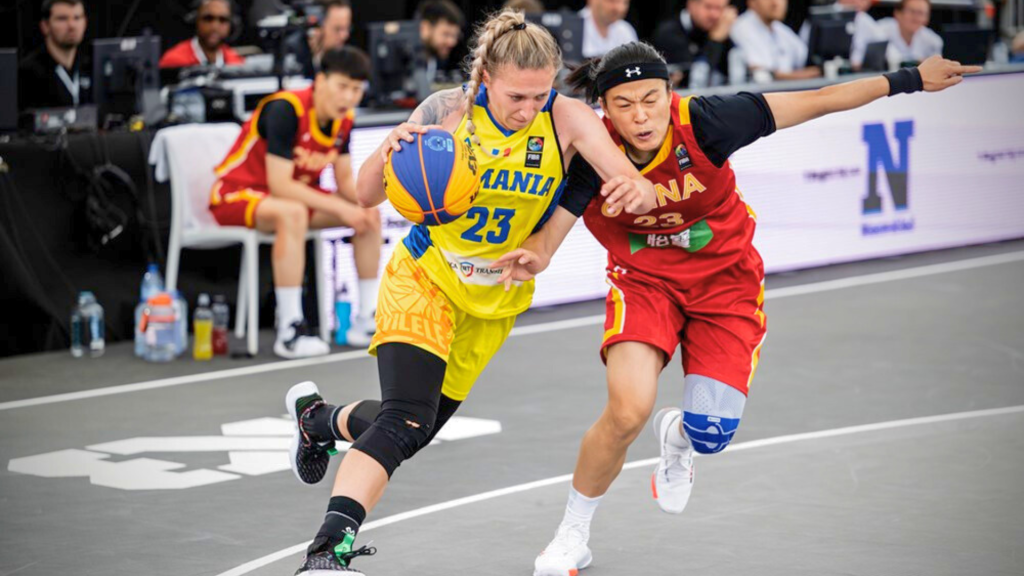
With this participation, Romania will have a 75% participation rate at the World Cup. Over the years the women’s national team has consistently managed to be there, debating with the best teams in the world. It’s true that most of the time they didn’t win those debates, but they sat at the same table. The best performances were the two quarter-finals in 2014 and 2019. After each quarter-final, there was a run of poorer results. If the pace keeps up, the arrow is pointing up in 2023.
Romania’s record at five World Cups: 10 wins – 15 losses
Players with most appearances:
Anca Șipoș – (2012,2014,2016)
Marta Fodor – (2012, 2016)
Andra Haas – (2014,2016)
Ancuța Stoenescu – (2019,2022)
Sonia Ursu – (2019,2012)
Photo source: FIBA3x3

